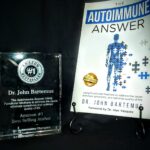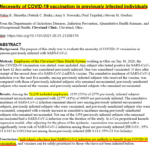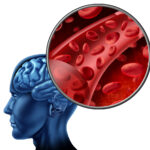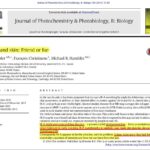We commonly think of autism spectrum disorders (ASD) affecting mostly boys. While it’s true ASD affects more boys than girls, it turns out that many girls go undiagnosed because their symptoms are much different than that of boys. Girls with autism may behave socially more like neurotypical (aka, normal) males than boys with autism. Female autism may also be misdiagnosed as anorexia, obsessive compulsive disorder (OCD), or attention-deficit/hyperactivity disorder (ADHD).
The diagnostic criteria for autism — difficulties with socialization and communication and repetitive, inflexible behavior patterns — come from studies on boys. A 2012 study of 15,000 twins found that girls needed to exhibit more extreme behavioral problems and intellectual disability to receive a diagnosis. This means that many girls on the milder side of the ASD spectrum go undiagnosed.
Girls with autism closer to typical boys
Brain scans, genetic testing, and other measures show that girls with autism disorders not only present differently than boys, but also that the understanding of autism has been overly narrow by primarily studying boys.
For one thing, brain scans show a girl with autism processes social information much differently than neurotypical girls, but also differently than boys with autism. Instead, their brain operates very much like that of a neurotypical boy. Furthermore, research assessing friendship quality and empathy showed autistic girls score about the same as neurotypical boys.
Girls are better able to hide autism
Girls often go undiagnosed also because they can excel at suppressing their symptoms and studying and mimicking neurotypical girls. However, it’s an exhausting and stressful process for autistic girls, who show a much greater desire to connect than boys.
Girls also exhibit less repetitive behavior and more typical types of play as children, although researchers can pick out subtle differences — obsessively lining up their Barbies, for instance, or being more engaged in staging a scene than the story line.
Female autism can present as anorexia or OCD
Autistic girls also differ from their neurotypical peers by being extreme in their traits, such as “too sensitive” or “too intense.” Their single-minded intensity is believed to underlie anorexia in some who channel those traits into dieting and body obsession. The extreme aversion to certain tastes and textures common with autism also lends itself to anorexia. It’s estimated about 20 percent of women with anorexia also have autism.
The same can be said for autism and OCD, as obsessive-compulsive behavior, fear of change, and being overly rigid are hallmark traits of both OCD and autism.
Autism can make girls vulnerable to predators
Sadly, the autistic girl’s traits of taking things literally combined with social isolation makes her more vulnerable to sexual predators and abusive relationships.
Autistic girls are more apt to suffer from anxiety, low self-esteem, social isolation, and depression. Although people with mild autism are ten times more likely to be suicidal than the general population, the rate is highest in women — 71 percent of women with Asperger’s report suicidal thoughts.
The role of maternal testosterone in autism risk
Autism risk is linked with higher levels of fetal testosterone. A mother with polycystic ovary syndrome, a hormonal disorder that causes high testosterone, has an almost 60 percent higher risk of giving birth to a child with autism. This is why having a female brain offers protective barriers to this tendency.
However, researchers have found girls with autism have a higher number of genetic mutations than autistic boys. In other words, a girl’s brain may need more genetic and environmental “hits” in order to develop autism.







